This question comes to mind? As to Restriction Orifice can have 150# but the Orifice flange (Flow meter) is not recommended to have a 150# rating.
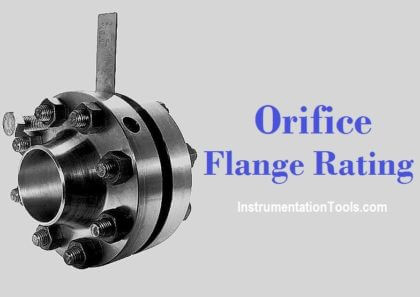
Orifice Flange Rating – 150#
We have the answer in one sentence.
It is due to flange integrity !
It means in simple words :- Orifice that are flange tapped have reduced strength
Due to this drilling in between them their pressure-temperature retaining capacity reduces
So to ensure flanges have Strength to withstand Design pressure and temperature a higher rating than 150# i.e 300# is used .
Now There has to be some proof supporting It !!!
The PROOF
The standard we use for Normal flanges below 24” is ASME B16.5
But for Orifice, the flange standard is ASME B16.36
This standard starts with 300# Flange rating.
In restriction Orifice as there are no tapping hence we go with ASME B16.5 flanges which Start with 150# Rating .
As always ! Thanks a lot for Reading !!
PS :- It is observed that for very large line sizes ( Depends few say above 10”, few say above 20”) 150# can be used as these flanges are stronger at higher line sizes but I have not found concrete proof in standards yet.
I would be very grateful if somebody knows the standard that has this documented.
Author: Asad Shaikh
Profile: Linkedin
If you liked this article, then please subscribe to our YouTube Channel for Instrumentation, Electrical, PLC, and SCADA video tutorials.
You can also follow us on Facebook and Twitter to receive daily updates.
Read Next:
- Orifice beta ratio values
- ANSI Class Relates to PSI?
- Characteristics of Flow Meter
- Magnetic Meter Construction
- K factor Formula of Flow Meter
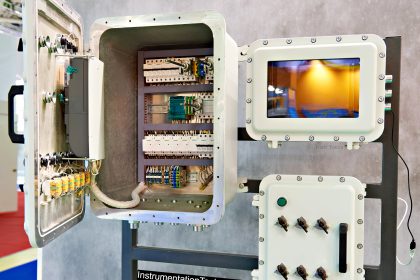
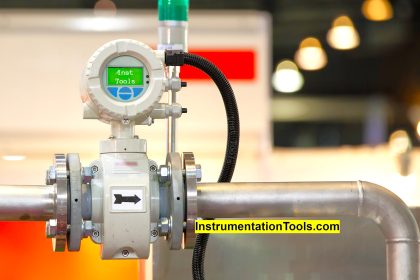
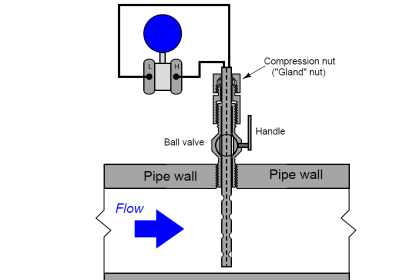
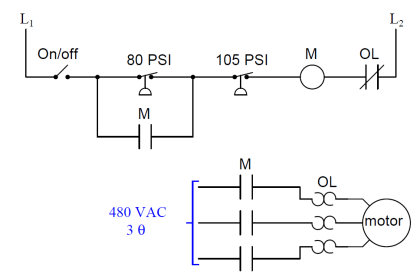
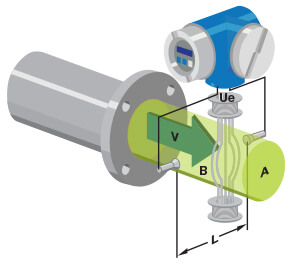
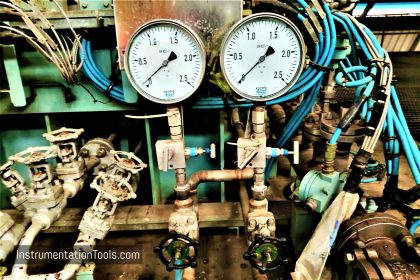
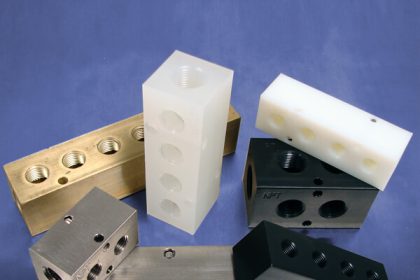
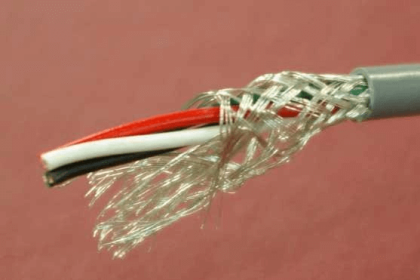
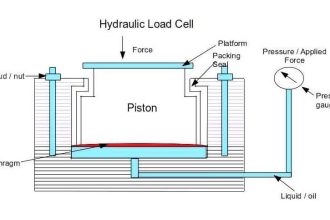
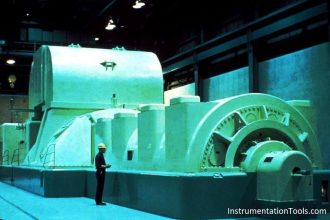
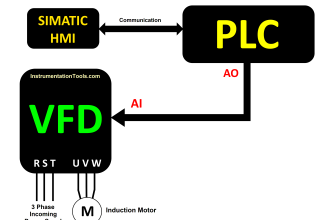
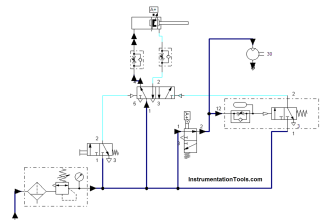

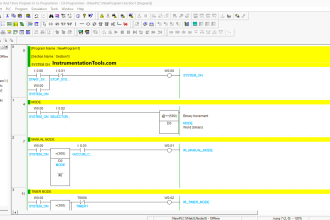

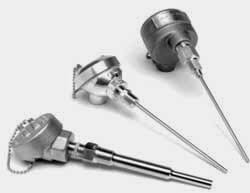

which would be the best instrument to measure flow in a 4″ gas line? unfortunately the gas contains condensate.